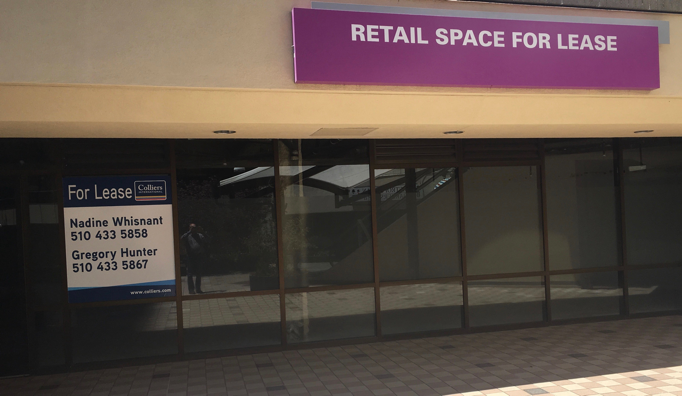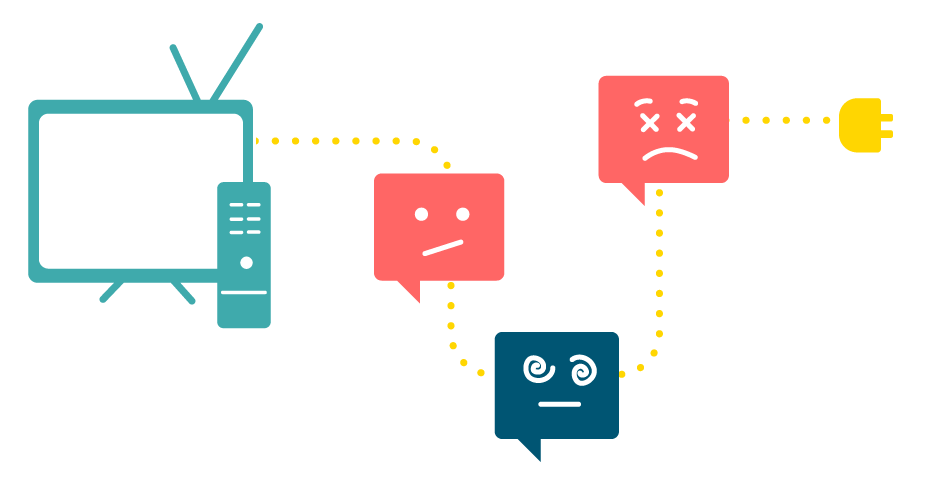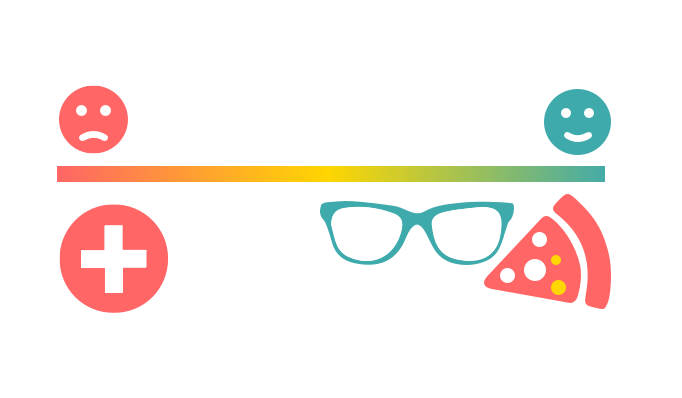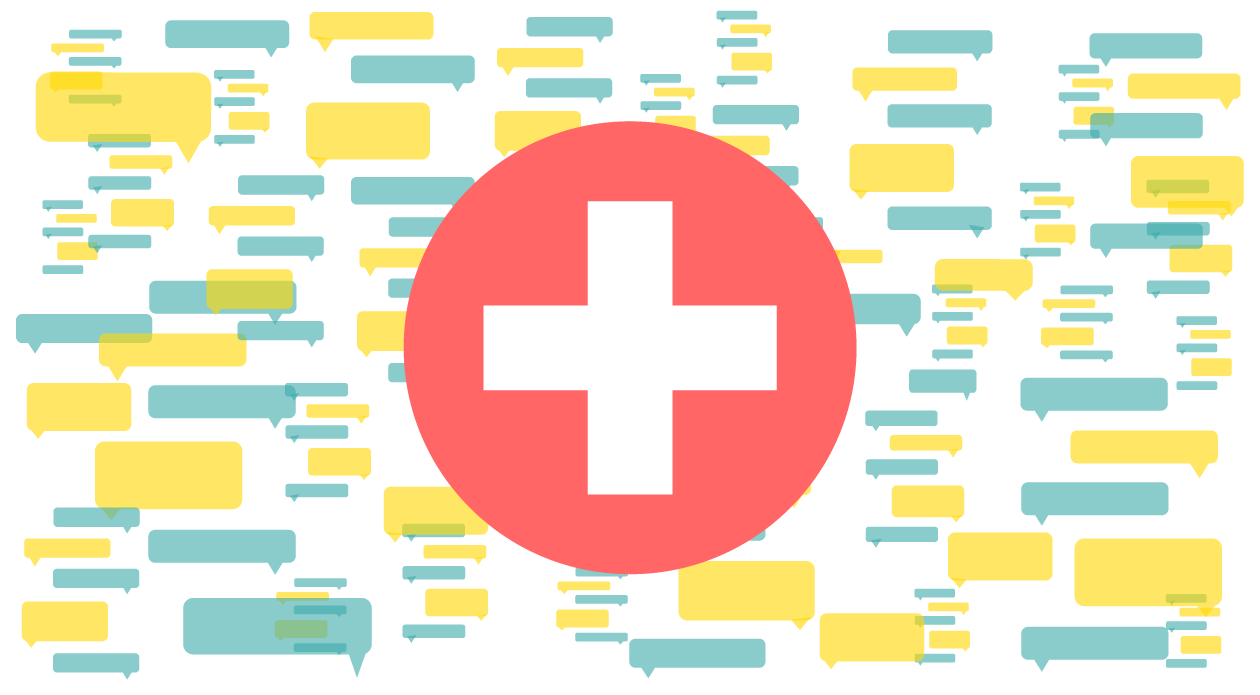The perfect storm of high deductible health plans and value-based care initiatives has created a foundational shift in the way healthcare providers need to view the people that use their services. Clinically, they are still patients but strategically the time has come to start referring to them as customers as well.
Patients go to the hospital to get treated. Customers decide which hospital they will go to for their surgery. Patients take the prescribed medications. Customers go onto Yelp and share their care experiences with the world. Healthcare providers now find themselves in a new reality — battling for consumer wallets and their hearts. That is essentially what retailers have been dealing with since the beginning of time.
Retail has seen it all. Competition is fierce, margins are tight, customers are demanding, and marketing excellence rules. Retail brand loyalty is hard to earn, and easy to lose. And over the past few decades, technology innovation has turned retail upside down. Sears is nearly dead and a 25 year old online bookstore has morphed into the most valuable retailer and second most valuable company on earth.
Healthcare providers would be wise to pay attention to retail. There are lessons from the past and innovations of the present that are connected to the same people that use healthcare services — every single one of us.
-
Retail is on the front lines of establishing the customer experience “bar” which affects other industries. What did Amazon do right, what did Sears do wrong?
-
Retail is blazing the trail when it comes to IT innovation. They adopted e-commerce websites, mobile, social, and AI before anyone else and must remain on the bleeding edge because it’s a matter of survival.
-
Retail has optimized customer-centricity from the top level stages of the brand courtship all the way down to the operational level. Same day delivery is common and drones will become a reality in the not-too-distant future.
The end-to-end customer experience is vital in an industry that is constantly competing for market share. There is a level of DNA that gets built around the customer that begins with marketing awareness and then continues through shopping, the purchase, and then on to continuous engagement that’s designed to drive repeat purchases and peer endorsement. This is where healthcare is headed.
Patient engagement is often ranked high on the healthcare strategic priority list because leadership sees the perfect storm that is brewing. Technology will be at the center of any patient engagement initiative. According to a recent EY survey, 91% of healthcare executives surveyed will undertake a new technology initiative in the next 12 months, and 70% cite improving patient experience as a key driver.
If you want to “engage” me as a patient, it better be personalized, smart, simple and transparent. If you make me work to hard, I’m not engaged. If you don’t converse with me in a relevant, timely manner, I’m not engaged. And if you don’t deliver all of this to me now, I will take my healthcare business elsewhere. This is the reality that is building.
The healthcare industry is many years, perhaps even decades, behind retail in technology innovation. The good news is a that most of the innovation that has been developed for retail is fairly transportable. Healthcare portals and mobile apps are the equivalent of online storefronts of 2011. You need them, but they are baseline systems of record versus systems of engagement.
Engagement innovation strategies must revolve around going to the customer and talking to them where they spend their time. And the conversation must be done in the way people interact with family, friends and trusted partners — through brief, interactive, smart dialogue. A link to a online encyclopedia (portal) is not engagement.
As more and more bricks and mortar stores give way to smarter, agile, IT-centric new retailers, it will be important to watch exactly how the new brands attract, convert and retain customers. Modern retail customers do more than just buy products — they become fans who are willing to share their stories and advocate across their social networks. They are also willing to share their horror stories, so the answer does revolve around the entire customer experience, from end-to-end.
There’s a great quote in this recent story about retail personalization that might be worth etching into the cornerstone of the new oncology wing at the medical center. “Build experiences that are so exceptional, and so tailored, that your customers can’t help but stick with you.”
The healthcare industry would be wise to pay close attention and follow the retail lead.








